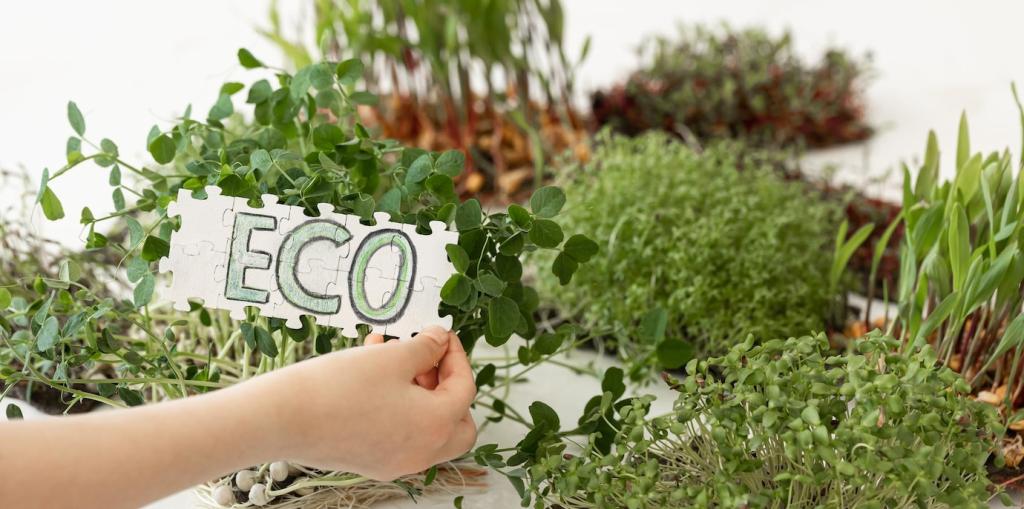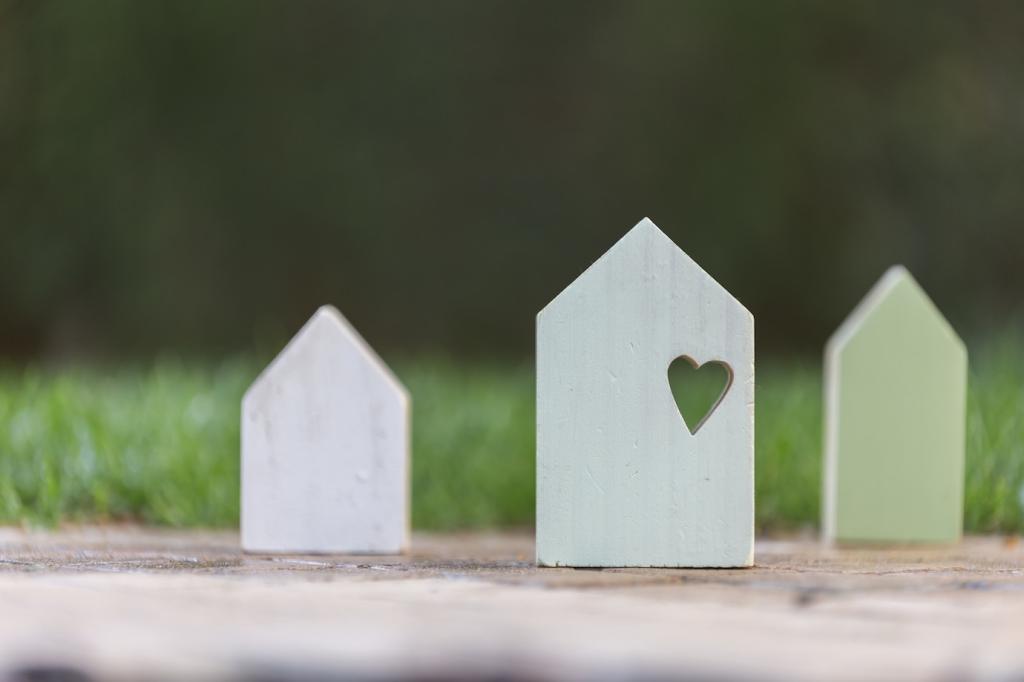Traditional Materials with Green Credentials
Lime mortars promote vapor diffusion, preventing trapped moisture that can crack masonry and push salts to the surface. Their gentle flexibility accommodates movement, and their carbonating curing process reabsorbs some CO₂, lightly offsetting production emissions over time.
Traditional Materials with Green Credentials
Old-growth reclaimed beams often exhibit exceptional density and stability. A carpenter once told us a century-old joist, cleaned and re-milled, outperformed new stock while preserving patina. Choose responsibly vetted pieces and document sources for future conservation records.
Traditional Materials with Green Credentials
Clay and casein paints provide matte, mineral-rich surfaces that breathe with historic walls. They are repairable, low in VOCs, and easy to refresh, making them ideal for spaces where gentle care and indoor air quality truly matter.





